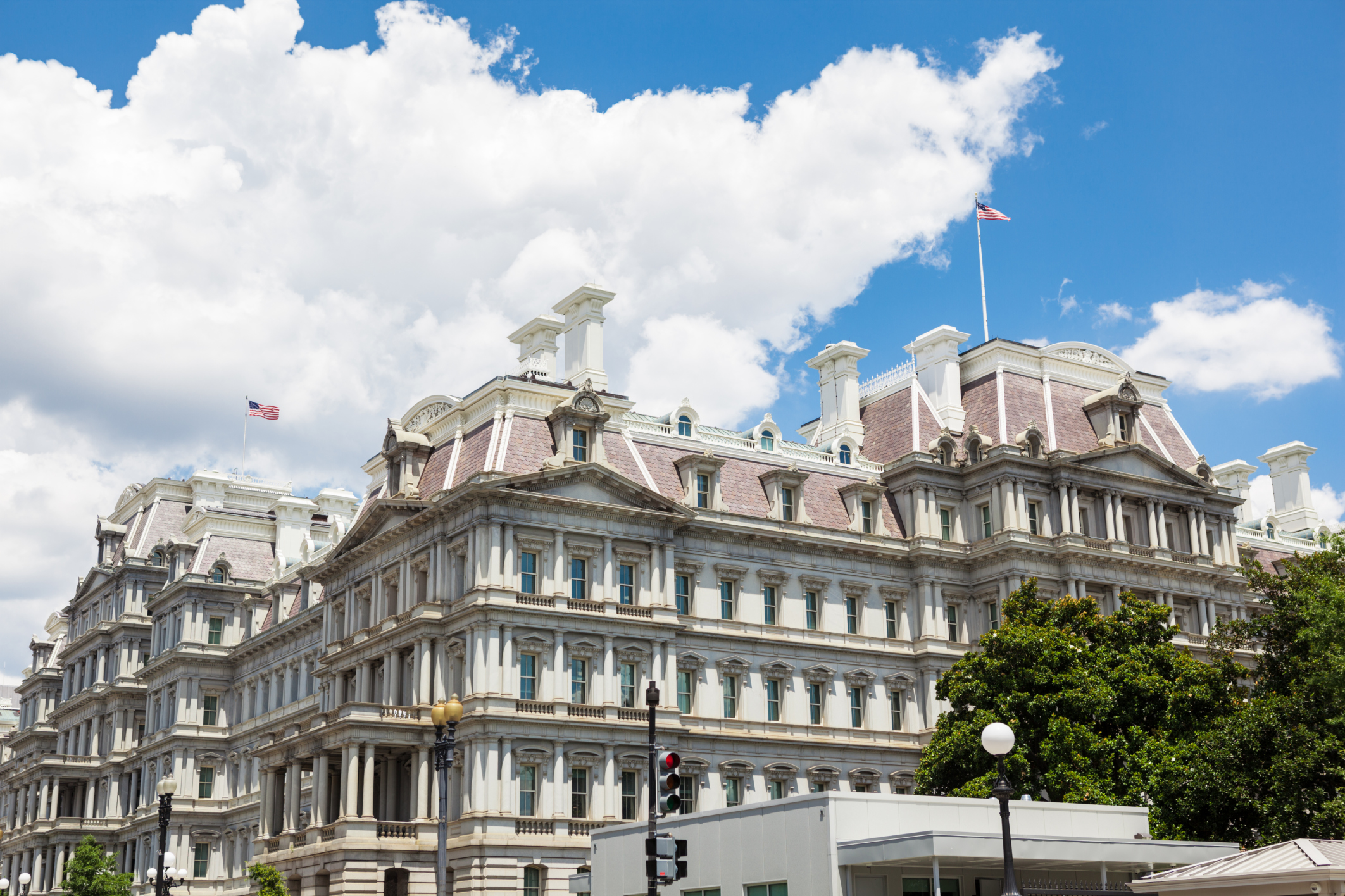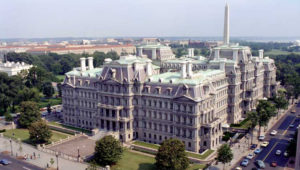
Regulatory expert highlights the “second most important institutional feature of the regulatory state.”
The White House Office of Management and Budget (OMB) proposed the first regulatory budget proposal and regulatory cost accounting legislation in 1979. Subsequently, a number of Presidents and members of Congress have continued to endorse proposals to create a regulatory budget for the federal government.
Some thirty-six years later, although the idea of a regulatory budget has yet to become law, there has been a resurgence of support for such a budget. Over the last year or so, numerous actions have taken place, which reveal considerable interest in institutionalizing a regulatory budget. These actions have included:
- The Administrative Law Review’s publication of an article entitled, “The Regulatory Budget Revisited”;
- The release of a white paper authored by the research chief of the Administrative Conference of the United States, “Controlling the Cumulative Costs of Regulation,” that reviews various proposed solutions to runaway regulatory costs, including a one-in-one-out regulatory budget;
- Hearings on the issue convened by the Senate Government Affairs Committee and the Senate Budget Committee;
- The endorsement of the idea of regulatory budgeting by at least two candidates for the Republican nomination for president;
- Discussion of regulatory budgeting on the program at the American Bar Association’s Administrative Law Section annual meeting;
- Recognition in a recent Council on Foreign Relations publication that regulatory “budgets do force bureaucracies to weigh regulatory decisions more carefully and systematically analyze the existing regulatory stock”; and
- The adoption of a regulatory budget in Canada.
Why such renewed interest at this time?
The timing in the United States derives in part from the fact that a few powerful elements in the Clinton Administration attempted to decimate centralized regulatory review only to fail and therefore make it stronger. Consequently, some proponents of centralized review concluded that it was unwise to undertake the implementation of the second most important institutional feature of the regulatory state – the regulatory budget – until the first one – centralized regulatory review – was safely embedded into its fabric as witnessed by its adoption by a subsequent Democratic administration.
With the advent of the Obama Administration’s twilight year, centralized regulatory review has clearly not only survived but it has been a centerpiece of this administration’s regulatory program. Centralized review has now been embedded in the regulatory legacy of more than a half-dozen consecutive presidential administrations.
The accomplishment of these milestones has set the stage for a broader appreciation of legislation that would mandate the implementation of a regulatory budget, as evidenced by the actions noted above.
Clearly interest in regulatory budgeting has started to take off again. Its trajectory seems poised to follow that of centralized regulatory review, which has now become standard operating practice after having been developed and vetted for some fifteen years before being institutionalized during a time when the United States was at the forefront of regulatory innovation.
A regulatory budget will become part of the regulatory state if there is a national constituency for the concept and for the organization charged with its implementation: namely, the Office of Regulatory and Information Affairs (OIRA) in the OMB. (To this end, OIRA teaching modules, available through the Center for Regulatory Effectiveness, are being adopted selectively in schools of law, public policy, public administration, political science, and economics.)
Those who oppose the implementation of a regulatory budget may continue to ignore the idea and hope it will go away, the same strategy that many used during the formulation of the Data Quality Act. In the alternative, opponents may wish to accept that regulatory budgeting is an idea whose time has come and try to shape its implementation so as to address or even overcome some of opponents’ most significant concerns.




